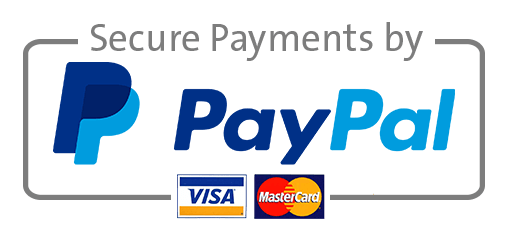[Solved] 7 Instructor Supplied Resources
[Solved] 7 Instructor Supplied Resources
Read/review the following resources for this activity:
- Textbook: Chapter 1, 15, 16
- Lesson: Week 1, 7
- Instructor supplied resources Student chosen resources (optional)
Initial Post Instructions
End-of-course student surveys exist for you to share your anonymous feedback on your courses. The purpose of the survey is to gather data from a specific population (you, the students) to understand your experience in the course, and to determine areas of success and improvement in our courses, including this one (so hopefully you do share your feedback because we always want to improve our courses and teaching).
Chapter 1 of the textbook and Week 1 of this course explored the research process. As mentioned in Week 1, research is fundamental in the social sciences, and a survey is a common sociological data collection method. If we look at the course surveys from a sociological perspective, we see that they are used to understand a specific population’s perspective of a social experience/issue. For this discussion, then, you will observe and analyze and evaluate the survey itself, as the budding social scientists you all now are, based on your learning in this course!
Now, to come full circle, analyze the end-of-course surveys for their effectiveness as a sociological measurement tool.
For the initial post, respond to one of the following options, and label the beginning of your post indicating either Option 1 or Option 2:
- Option 1:How would you improve the survey itself to create the best snapshot of student impressions of this or any Chamberlain University Online course?
- Option 2: What specific change or changes would you make in the survey, or in how it is administered, in order to increase the survey’s reliability and/or validity? Remember, as you learned in Week 1, reliability is consistency in results and validity asks the question: “Are you measuring what you intended to measure?
Follow-Up Post Instructions
Respond to at least one peer. If possible, respond to one peer who chose an option different than the one you chose. Further the dialogue by providing more information and clarification. Make sure that you add additional information and not repeat the same information already posted on the discussion board as you further the dialogue.
Writing Requirements
- Minimum of 2 posts (1 initial & 1 follow-up)
- APA format for in-text citations and list of references
- Minimum of 1 source cited

